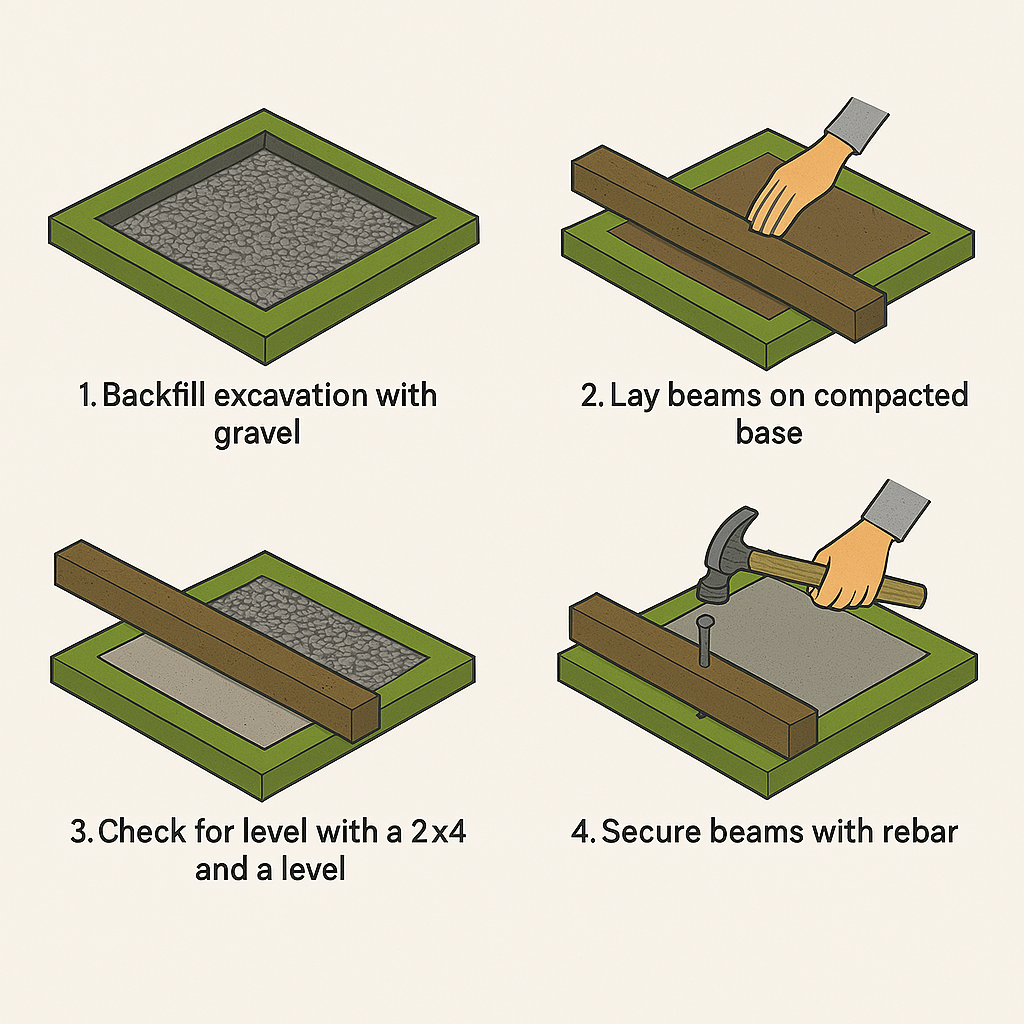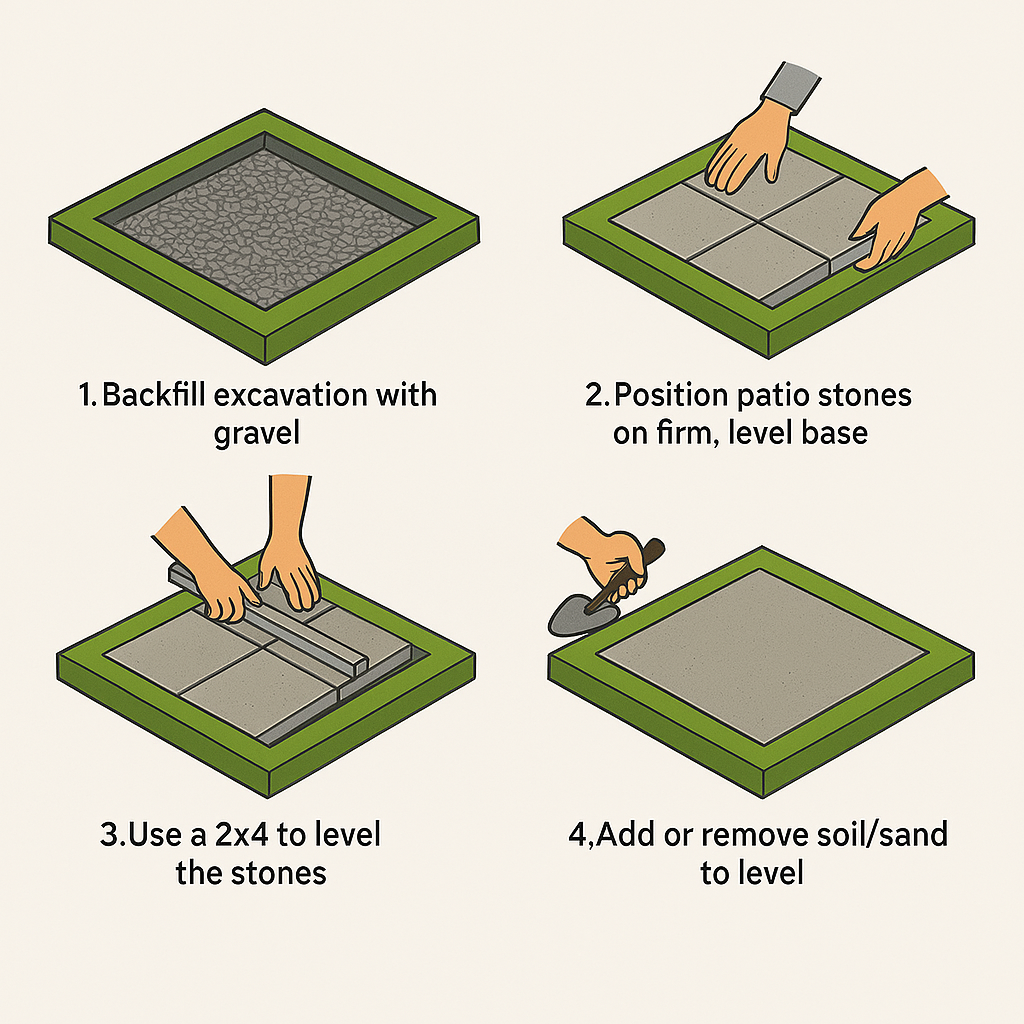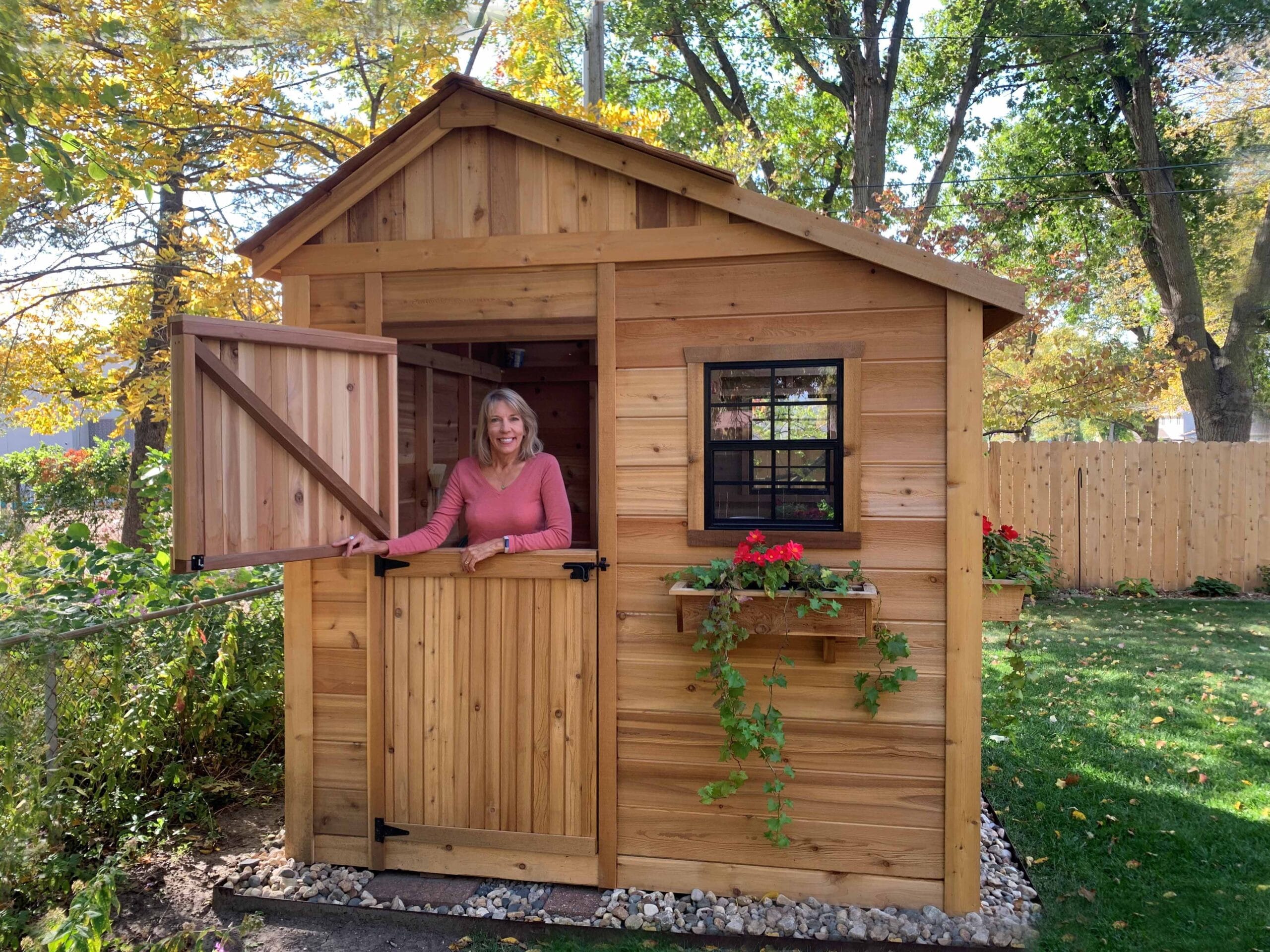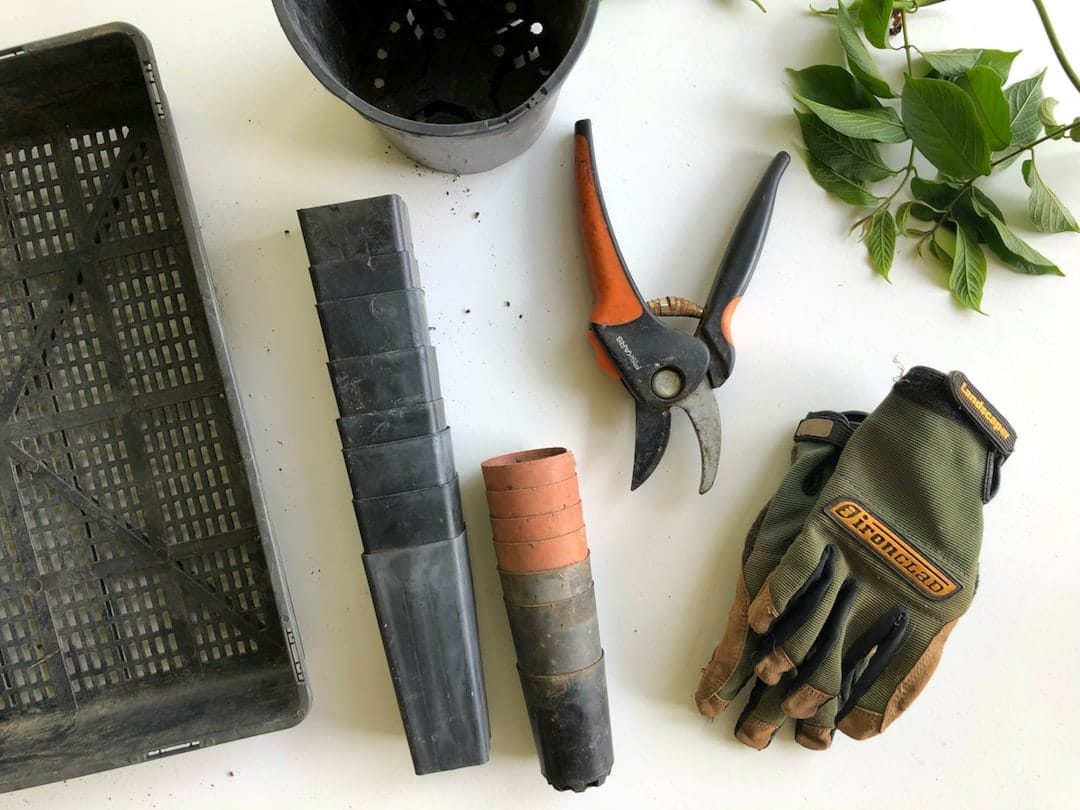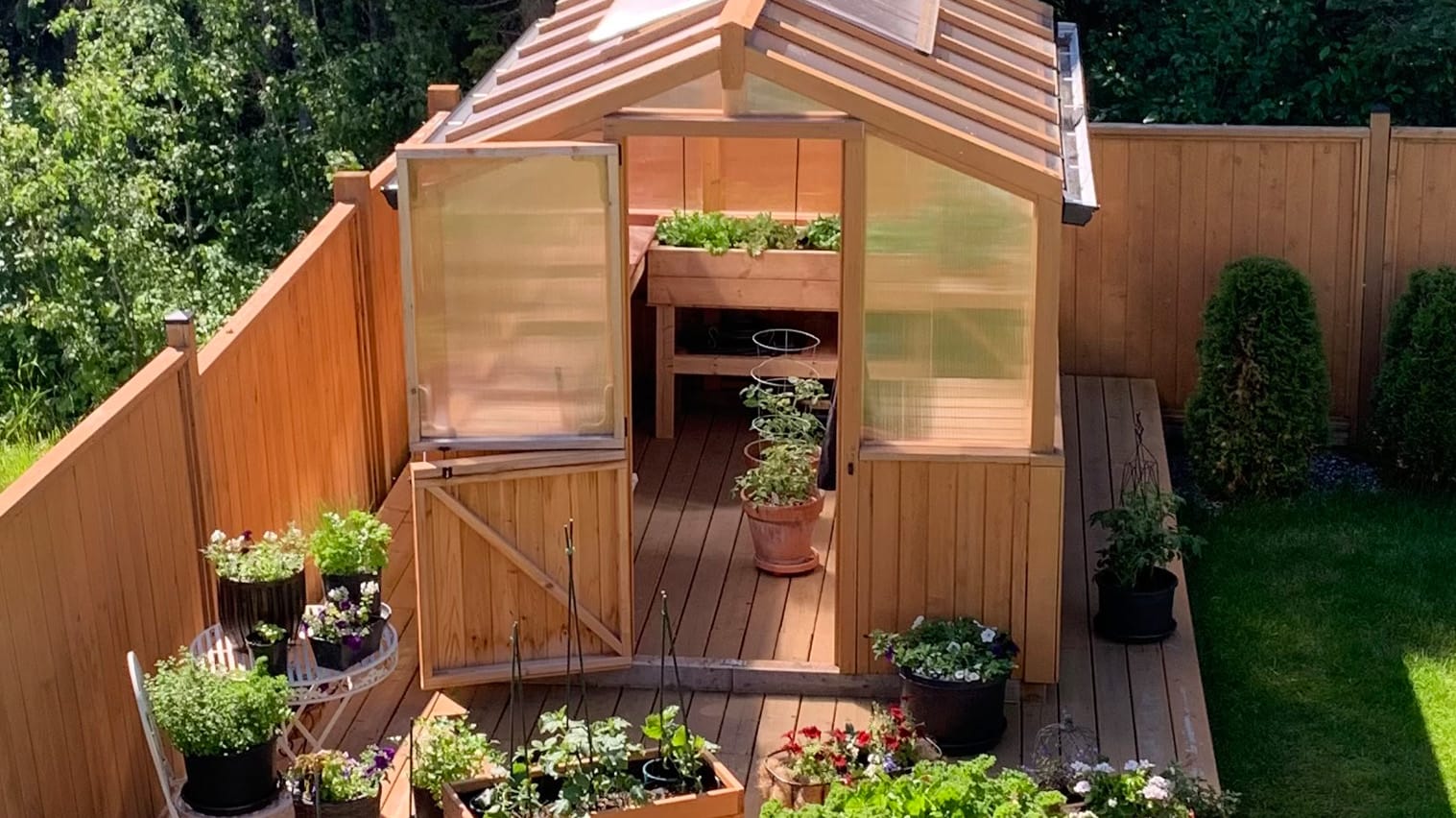Backyard Play Area Ideas for Kids: How to Clear Space & Create a Fun Outdoor Retreat

Creating a dedicated play space in your backyard doesn’t just offer your kids a safe place to explore — it supports their mental and physical development while giving them the joy of nature. With a few creative changes and smart backyard shed storage, you can transform even the most cluttered yard into a functional play area for children.
Why Natural Outdoor Play Matters
Research shows that kids thrive in outdoor environments rich with natural elements — trees, flowers, insects, and open air. In fact, White and Stoecklin found that if given the chance, children would design play spaces brimming with natural features like ponds, plants, and wildlife. As a parent, you can bring this vision to life right in your backyard.
Step 1: Clear & Clean the Backyard
Remove Overgrown Bushes and Trees
Start by trimming or removing any overgrown shrubs and low-hanging tree branches. An open lawn makes a better canvas for a safe, imaginative play zone. You can replant with colorful flowers and maintain trimmed grass to create an inviting, open space.
Eliminate Rotting Plants and Weeds
Clear away any decaying plant matter and aggressive weeds. Not only does this create more usable space, but it also improves safety and aesthetics — two things kids (and their parents) appreciate.
Declutter the Odds and Ends
Old toys, broken bikes, garden tools, and unused lawn equipment often clutter backyards. Store what you still need in a shed or garage, donate working items, and toss the junk. You’ll reclaim valuable space for your kids to roam.
Step 2: Use Space-Saving Backyard Furniture
Opt for Foldable Furniture
Replace bulky wooden seating with foldable outdoor furniture. Lightweight plastic or collapsible options are ideal — easy to move and even easier to store in a shed when not in use. This keeps your backyard flexible and play-ready.
Step 3: Involve Your Kids in the Design
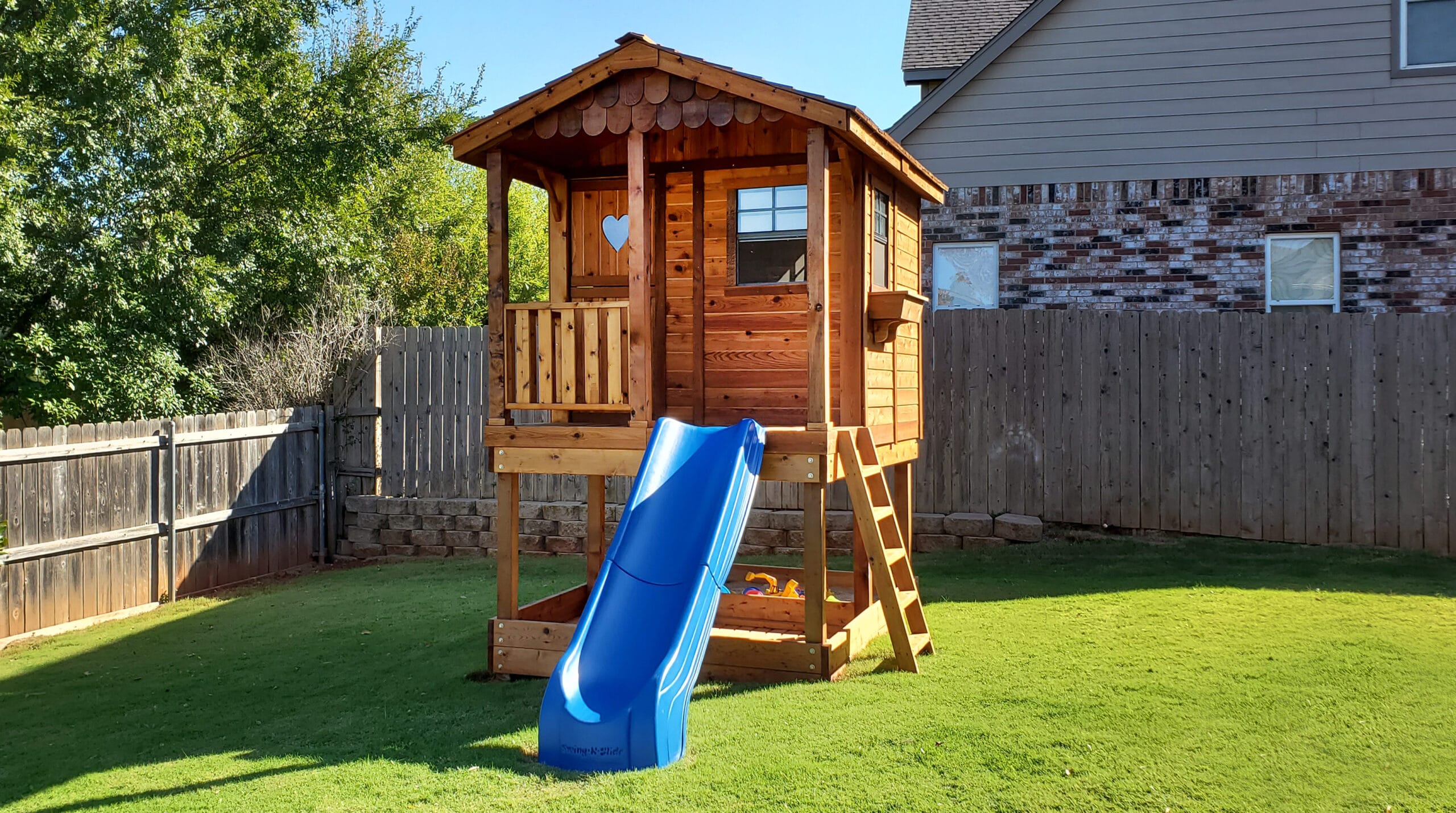
Children are full of creativity. Let them help brainstorm how the play area should look. Whether it’s a flower garden, a mini wildlife pond, or just a cozy sandbox — your kids’ ideas will make the space feel like their own.
Step 4: Add a Shed for Storage and Play
Install a backyard shed to serve as both a storage unit and a part-time clubhouse. Opt for something practical like a Western Red Cedar shed — naturally beautiful and durable. Store seasonal furniture, tools, or even create a reading nook or board game station inside.

Step 5: Build Multi-Level Fun
Add depth and wonder to your yard with multi-level flower beds, stair-step planters, or seating platforms. Children love different vantage points and textures, so steps and platforms invite exploration and imaginative play.
Step 6: Install Kid-Friendly Play Features
Water and Sand Elements
Set up a sandbox, water table, or mini pond. Kids love tactile experiences — and these features keep them entertained without screens.
Add Play Equipment
Install a small swing, seesaw, or slide in a clear and safe area. Use natural barriers like flower beds or bushes to define the play zone.
Final Thought: Outdoor Play > Screen Time

A well-designed backyard encourages kids to engage with nature and each other. With a few simple changes, you can create a playful sanctuary that your kids will love — and maybe even get them to forget about their tablets for a while.







